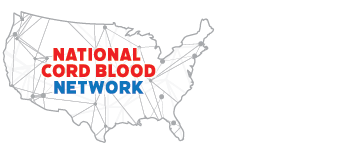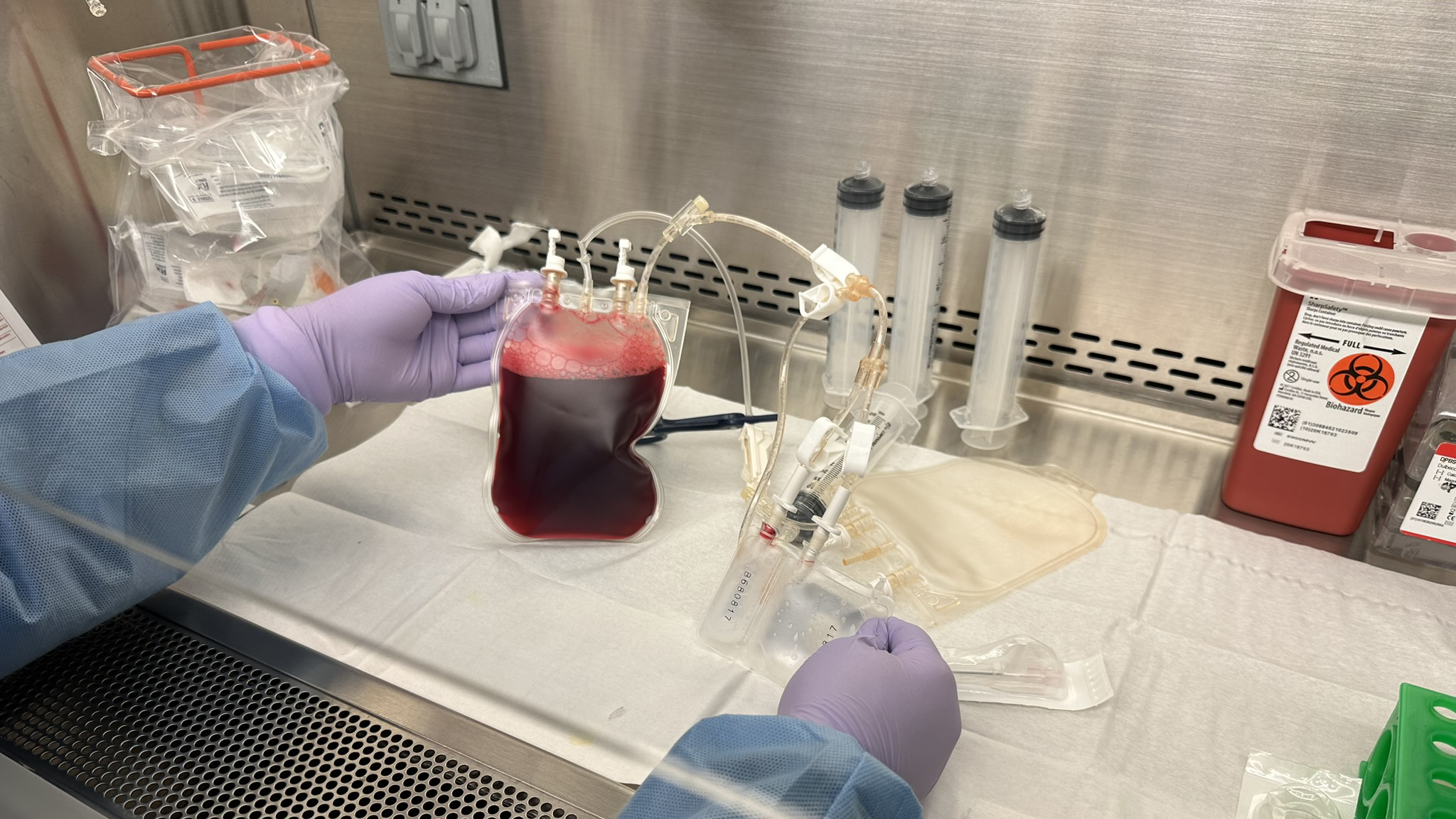Cord blood addresses diversity and equity in stem cell transplantation.
Cord blood (CB) grafts extend transplant access to patients lacking suitable adult donors. This is especially important for underserved racial/ethnic populations as well as patients requiring urgent treatment.
CB transplants offer:
- Almost immediate availability permitting transplantation at a time that is optimal for patient care. In contrast, with adult donor transplants patient treatment is dependent on donor availability.
- Less strict tissue (HLA) matching permitting use of mismatched CB regardless of patient race/ethnicity or ancestry. This feature makes CB a critically important stem cell source for patients with non-European heritage, especially those of African and mixed ancestry.
- Outstanding survival in both adults and children when CB transplants are performed in experienced Transplant Centers, as these Centers have optimized the required infrastructure including dedicated medical teams, carefully designed transplant protocols, and comprehensive guidelines dictating transplant practices.
- High survival even in patients with aggressive acute leukemias who are transplanted with persistent disease (known as minimal residual disease) compared to other stem cell sources, due to unique attributes of the neonatal immune system that mediate curative “graft-versus-leukemia” effects.
Despite these advantages, CB transplants are rapidly declining. The decrease limits severely the number of patients that can benefit from CB transplantation. Moreover, this trend discriminates preferentially against underserved racial/ethnic populations, and patients with high-risk acute leukemias, many of whom only have CB as their promptly available stem cell source.
To address this unmet health care need, the National Cord Blood Network aims to optimize CB transplantation across the U.S. by creating multi-center collaborations, guide Transplant Centers new to CB in the implementation of the necessary infrastructure and staff training to perform these life-saving transplants safely, and spearhead advances in the field. These efforts will facilitate utilization of the high quality, existing CB inventories.
ASTCT Practice Guidelines for Cord Blood Transplantation
Guidelines for Cord Blood Unit Selection
Guidelines for Pediatric Unrelated Cord Blood Transplantation – Unique Consideration
Guidelines for Cord Blood Unit Thaw and Infusion
Guidelines for Infection Prophylaxis, Monitoring and Therapy in Cord Blood Transplantation

